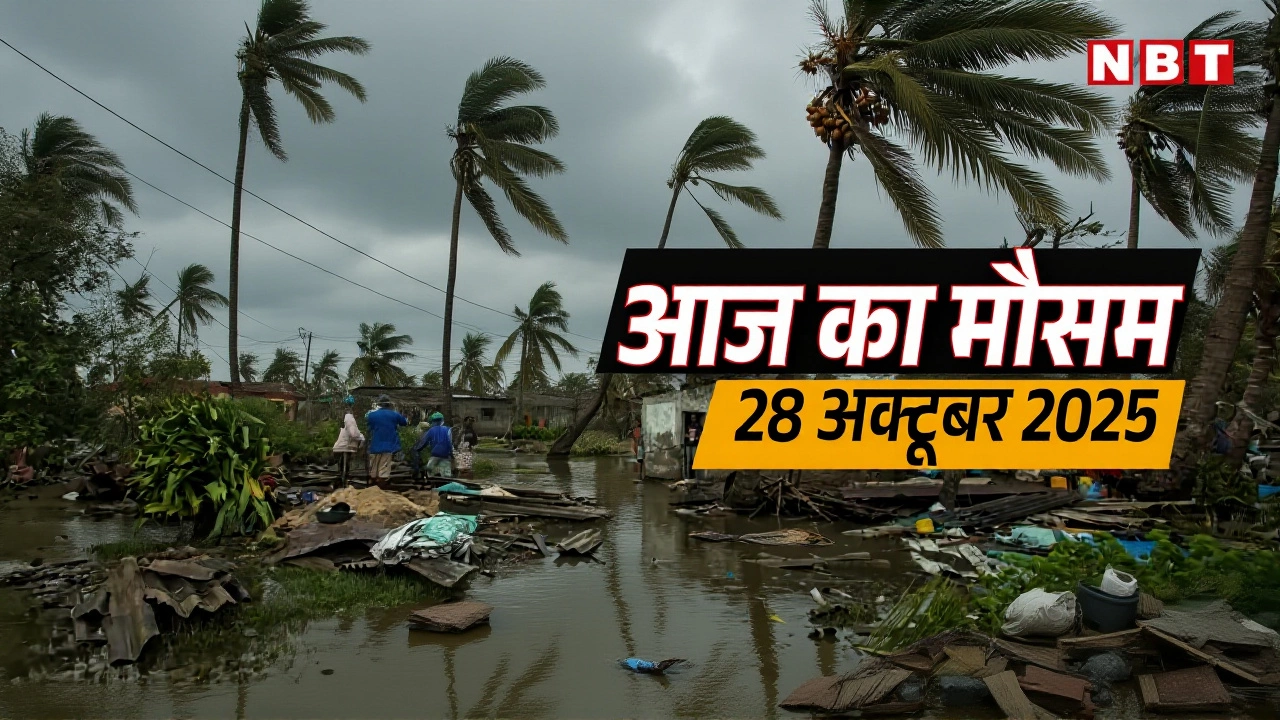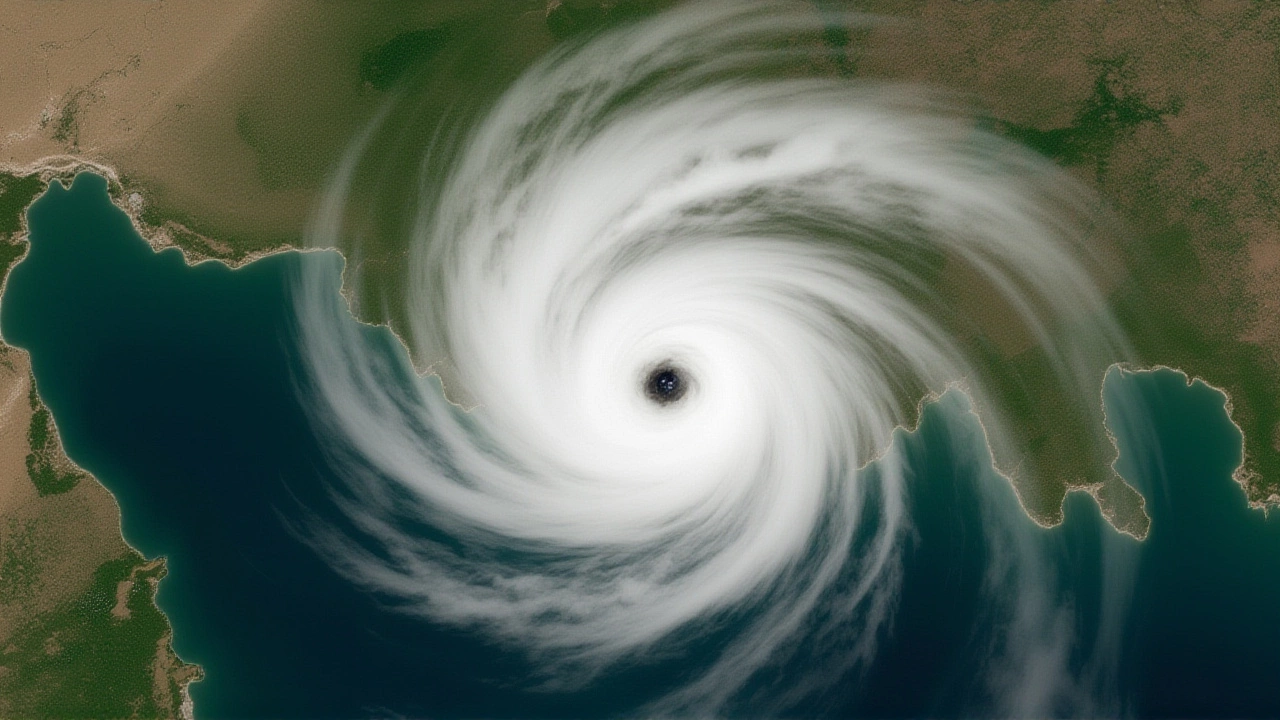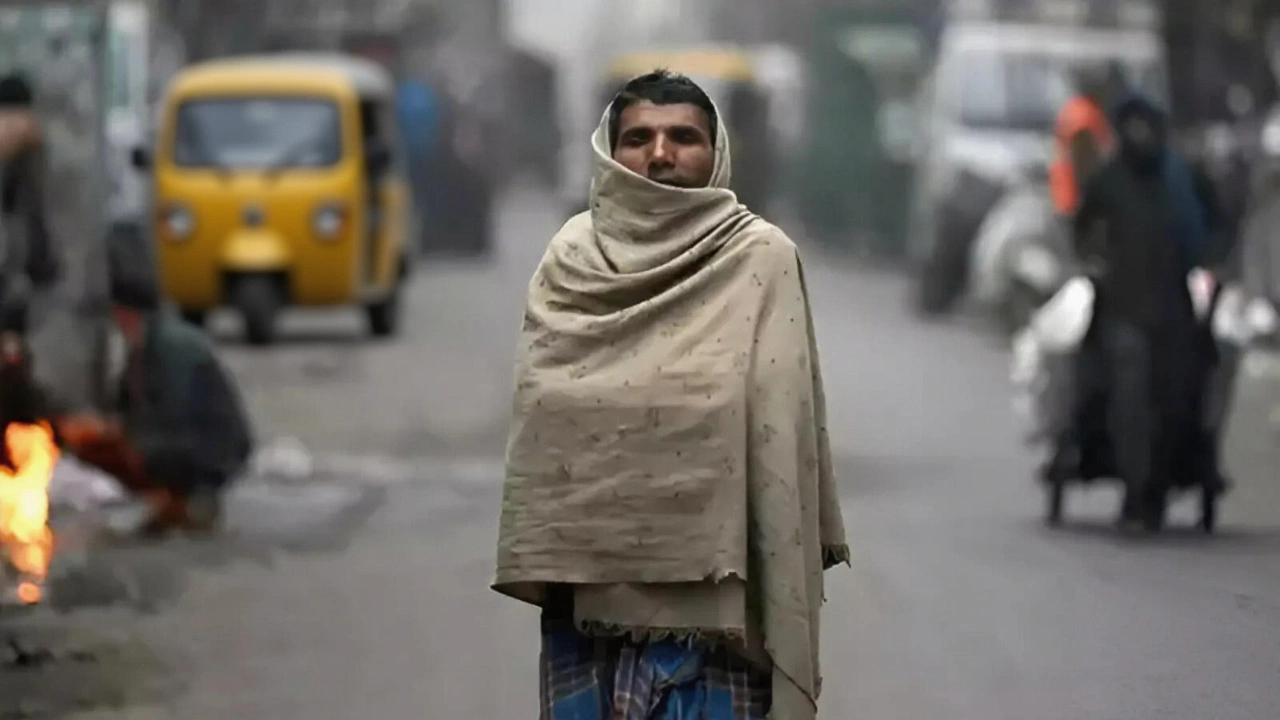
When Cyclone Montha slammed into the coast near Kakinada at 7 p.m. on October 28, 2025, it wasn’t just another storm — it was the most powerful system to hit the Andhra coast in three years. With sustained winds of 90–100 km/h and gusts hitting 110 km/h, the cyclone carved a path of destruction through coastal villages, uprooting trees, flooding roads, and knocking out power for over 400,000 households. But here’s the twist: while Andhra Pradesh bore the brunt, neighboring Odisha — which had braced for catastrophe — emerged largely unscathed. The difference? Timing, geography, and a well-oiled disaster machine.
From Deep Depression to Severe Storm
It started as a mere deep depression over the southern Bay of Bengal on October 26, 2025. By the next morning, the India Meteorological Department (IMD) had upgraded it to a cyclonic storm. Within 36 hours, it became a severe cyclonic storm. Dr. G.P. Sharma, a senior weather scientist at IMD, said the rapid intensification was fueled by unusually warm sea surface temperatures — 30.5°C, nearly 2°C above average. "It was a textbook case of favorable conditions aligning," he told reporters. The storm’s name, Montha, meaning "beautiful or fragrant flower" in Thai, feels bitterly ironic now.
Red Alerts and Emergency Drills
The IMD issued red alerts for seven districts in Andhra Pradesh: Kakinada, Konaseema, West Godavari, Krishna, Bapatla, Prakasam, and Nellore. Orange alerts stretched into parts of Odisha and Tamil Nadu. The scale of preparation was staggering. Andhra Pradesh Chief Minister Chandrababu Naidu ordered two-day school closures across 338 mandals, affecting 3,778 villages. Food, fuel, and medicine were pre-positioned. The Public Distribution System was put on high alert. Meanwhile, in Bhubaneswar, Odisha Chief Minister Mohan Charan Majhi convened an emergency meeting with 15 top officials — from the Chief Secretary to the Director of IMD Odisha — to review evacuation plans.
Evacuations and the NDRF’s Quiet Heroism
By October 28, over 17,817 people in Odisha had been moved to more than 2,000 cyclone shelters — far fewer than the planned 32,000. Why? Because the storm’s track shifted slightly west. "We were ready for the worst," said DGP Yogesh Bahadur Khurania. "But the cyclone chose to hug the Andhra coast." The National Disaster Response Force (NDRF) had 25 teams deployed across five states, each equipped with boats, hydraulic cutters, and satellite comms. Another 20 teams stood by in Raipur, Chennai, and Puducherry. "They didn’t have to rescue many, but they were ready to do it all," said an NDRF spokesperson. In contrast, fishing boats from Andhra Pradesh were stranded — marine police in Aryapalli reported dozens still anchored offshore, too afraid to return.

Odisha’s Narrow Escape
While Andhra Pradesh saw 200–250 mm of rain in some areas, Odisha’s worst-hit districts — Gajapati and Ganjam — recorded just 115 mm. That’s less than half the forecast. "It was like the storm took a sharp left turn," said IMD’s Manorama Mohanty. The result? Only minor landslides and uprooted trees were reported. No casualties. No collapsed homes. No flooded towns. The state’s evacuation drills, refined after Cyclone Fani in 2019, paid off. "We didn’t get the storm we feared — but we got the preparedness we built," said Majhi.
Trains Cancelled, Beaches Closed, Life On Hold
South Central Railway cancelled 52 train services — including the daily Howrah-Chennai Express — to protect infrastructure. In Puri, lifeguards and fire officials blocked every beach access point from October 27 to 29. Tourists were told to leave. Some refused. "I came for the ocean," one visitor told reporters. "Now I’m just glad I didn’t swim." The silence on the beaches was eerie. No waves crashing. No children laughing. Just wind.

What Happened After Landfall
By 2:30 a.m. on October 29, Cyclone Montha had weakened to a cyclonic storm, centered 20 km west-northwest of Narsapur — still moving northwest, but losing steam. Radar data from Machilipatnam and Visakhapatnam showed the core was now fragmented. By midday, it became a deep depression. The storm’s life span: just 72 hours. But its impact? Lasting.
Why This Matters
This wasn’t just about wind and rain. It was a test of India’s disaster response system. Andhra Pradesh, still recovering from Cyclone Jawad in 2022, showed it had learned. Odisha, long the gold standard for cyclone preparedness, proved it could adapt even when the storm didn’t hit. The real win? No deaths. In a country where tropical storms have killed thousands in the past, that’s not luck — it’s policy.
Frequently Asked Questions
How did Cyclone Montha get its name?
The name "Montha," meaning "beautiful or fragrant flower," was contributed by Thailand to the World Meteorological Organization’s rotating list of cyclone names for the North Indian Ocean. Each country in the region — including India, Bangladesh, Sri Lanka, and Pakistan — submits names, which are used sequentially. This was the 14th name on the current list, and the first time "Montha" was used.
Why did Odisha escape major damage despite being on the alert?
Cyclone Montha’s path shifted slightly westward, making landfall closer to Kakinada in Andhra Pradesh than originally forecast. This meant Odisha’s coast received far less rainfall (115 mm vs. 200+ mm predicted) and weaker winds. The state’s evacuation plan was executed perfectly, but the storm simply didn’t deliver the predicted impact — a rare but welcome deviation.
What role did the India Meteorological Department play?
The India Meteorological Department provided critical, real-time tracking using Doppler radars in Machilipatnam and Visakhapatnam, satellite imagery, and buoy data. Their accurate 72-hour forecast allowed state governments to mobilize resources days in advance. Their warnings were so precise that evacuation timelines were adjusted based on updated landfall predictions — a major upgrade from past cyclones.
Were there any casualties reported?
No fatalities were reported in either Andhra Pradesh or Odisha. A few minor injuries were recorded from falling debris and electric shocks, but no deaths. This is the most significant outcome of the entire event. In comparison, Cyclone Phailin in 2013 killed over 40 people despite massive evacuations — making Montha’s clean record a milestone in India’s disaster management history.
How did the government ensure food and fuel supply during the storm?
The Andhra Pradesh Civil Supplies Department pre-positioned 18,000 metric tons of rice, pulses, and cooking oil in 2,100 relief shelters. Fuel depots in Kakinada and Vijayawada were stocked with 2 million liters of diesel and petrol. Trucks with generators were stationed at key locations. The plan worked: even as power lines went down, ration shops in evacuation centers remained open, and ambulances kept running.
What’s next for Cyclone Montha’s aftermath?
The focus now shifts to recovery. Teams from the NDRF and state disaster agencies are assessing damage to roads, power grids, and fishing harbors. The Andhra government has already announced a ₹1,200 crore relief package for affected farmers and fishermen. IMD is now warning of potential flooding in low-lying areas of Telangana and coastal Tamil Nadu as the remnants of Montha move inland over the next 48 hours.
